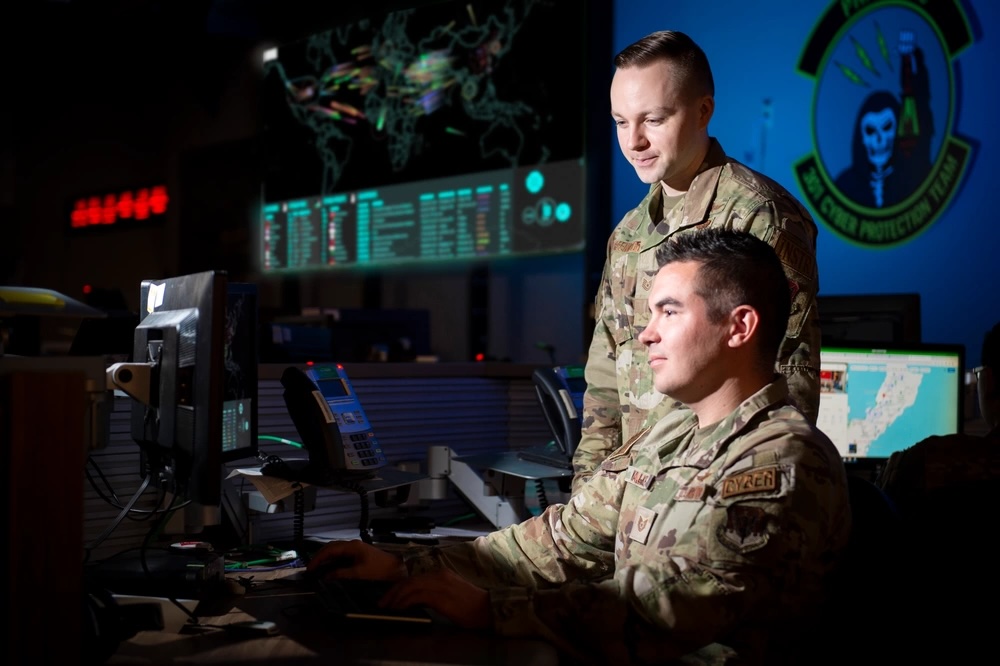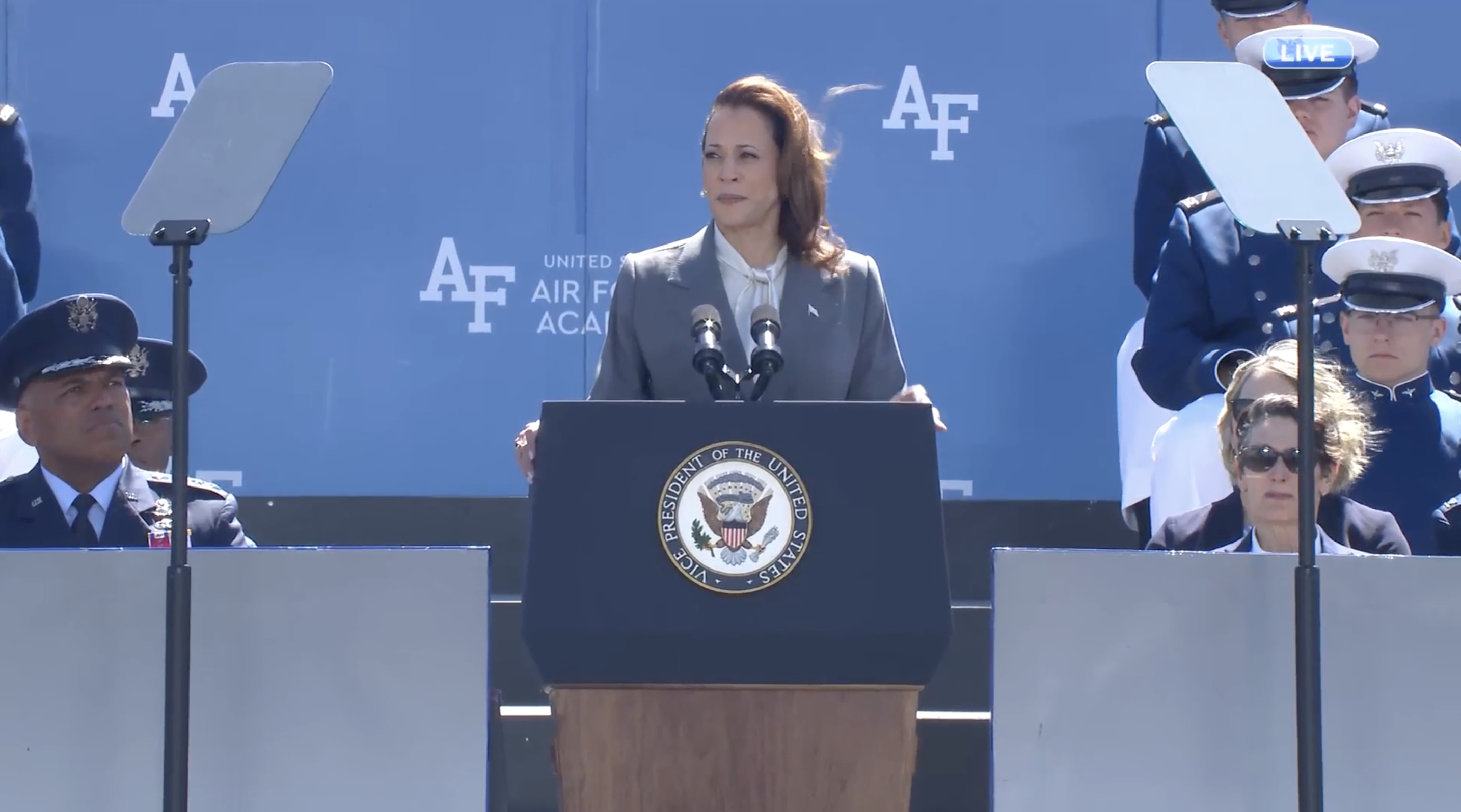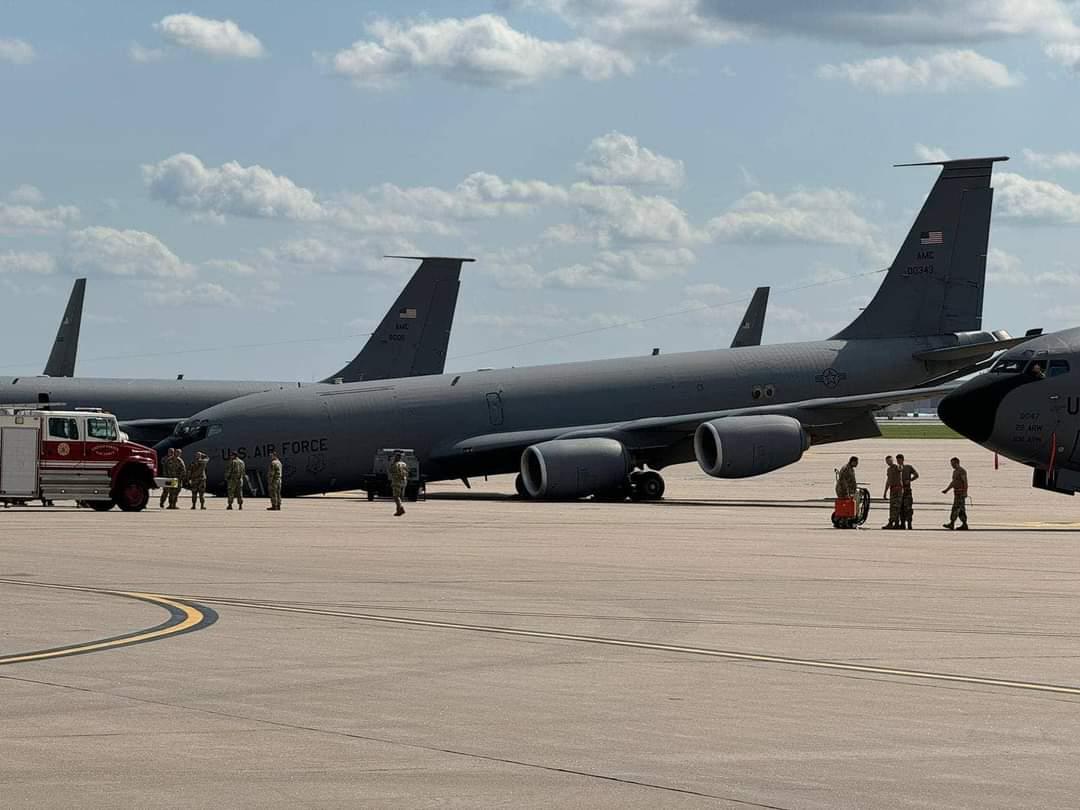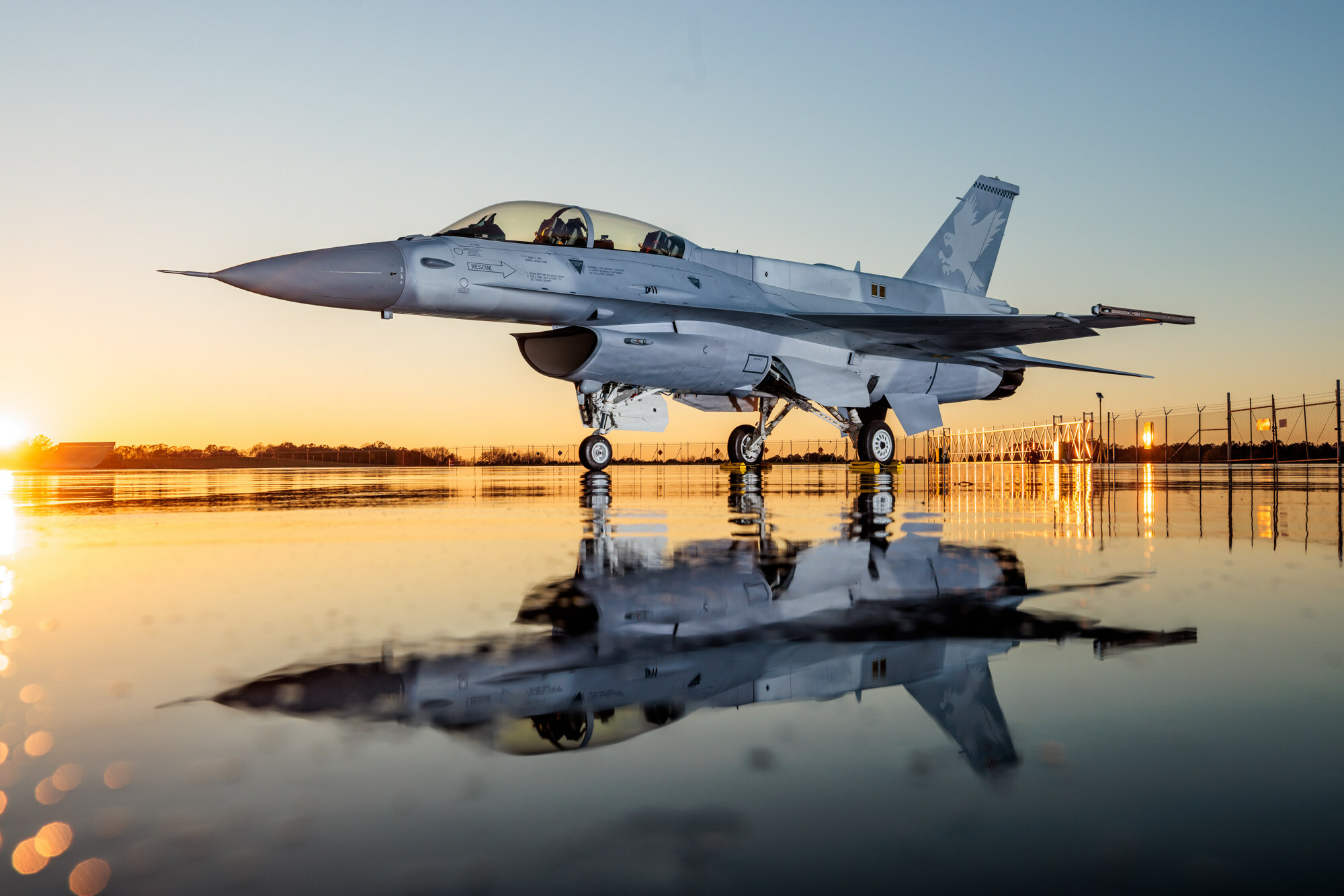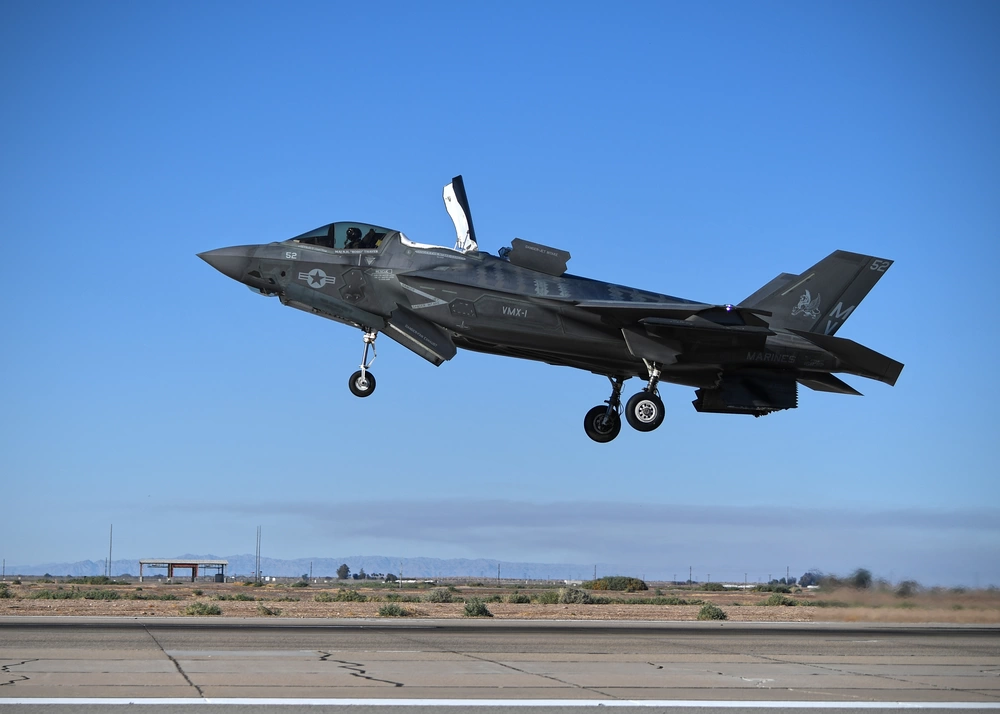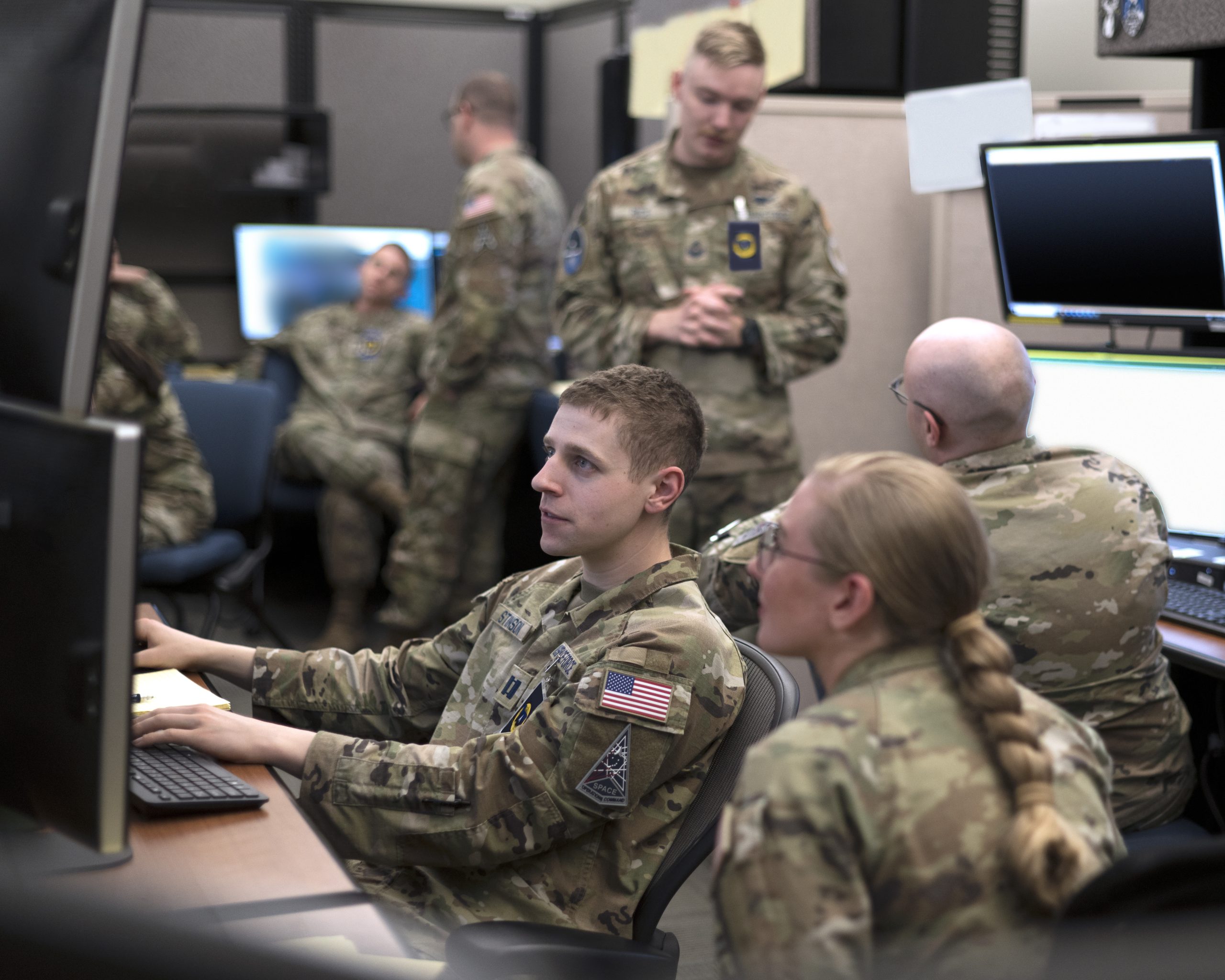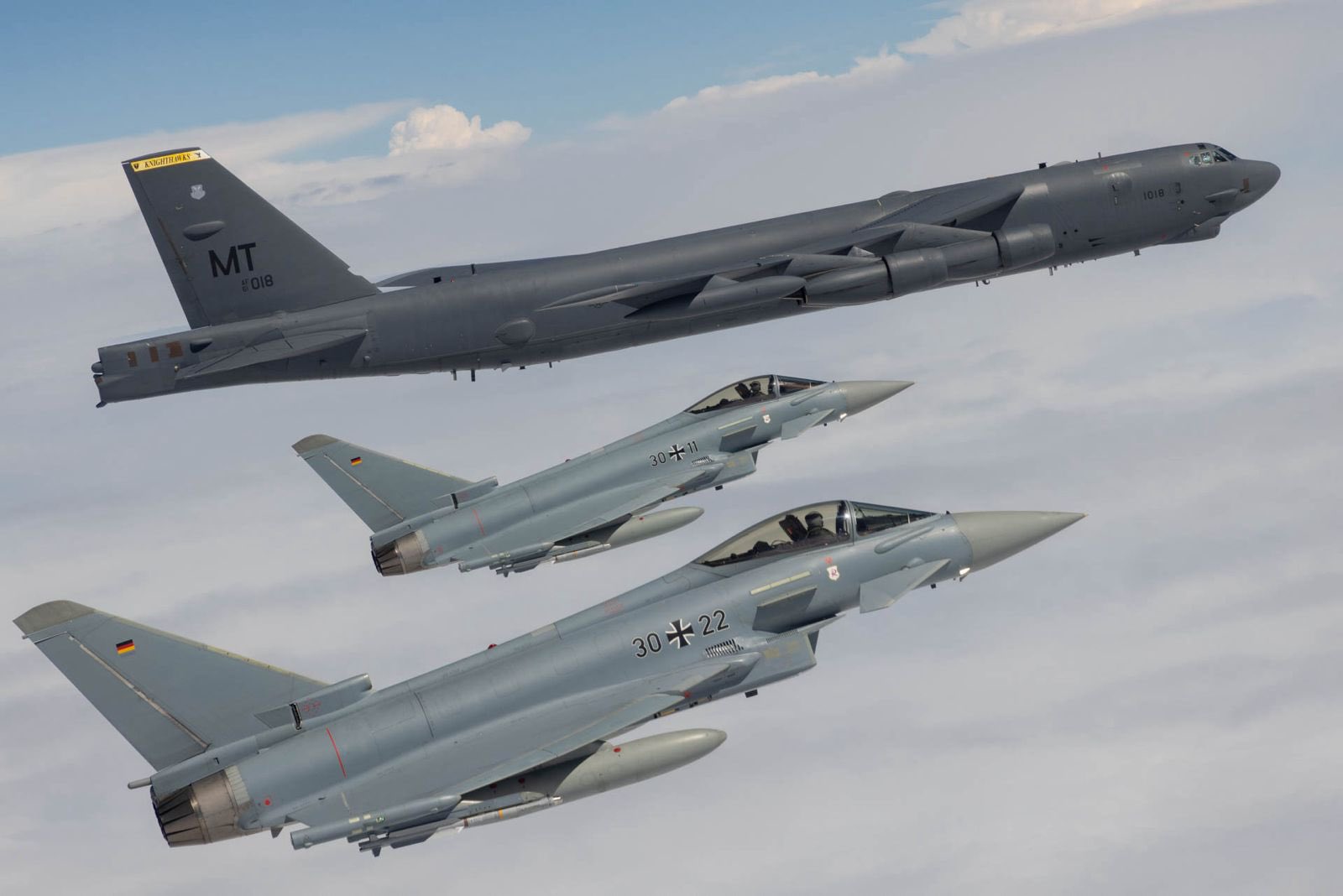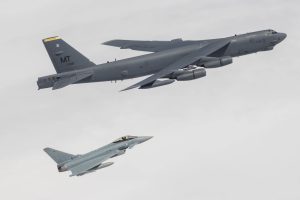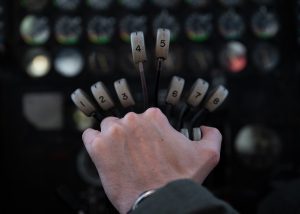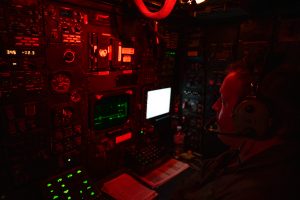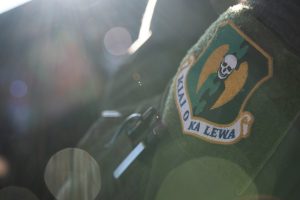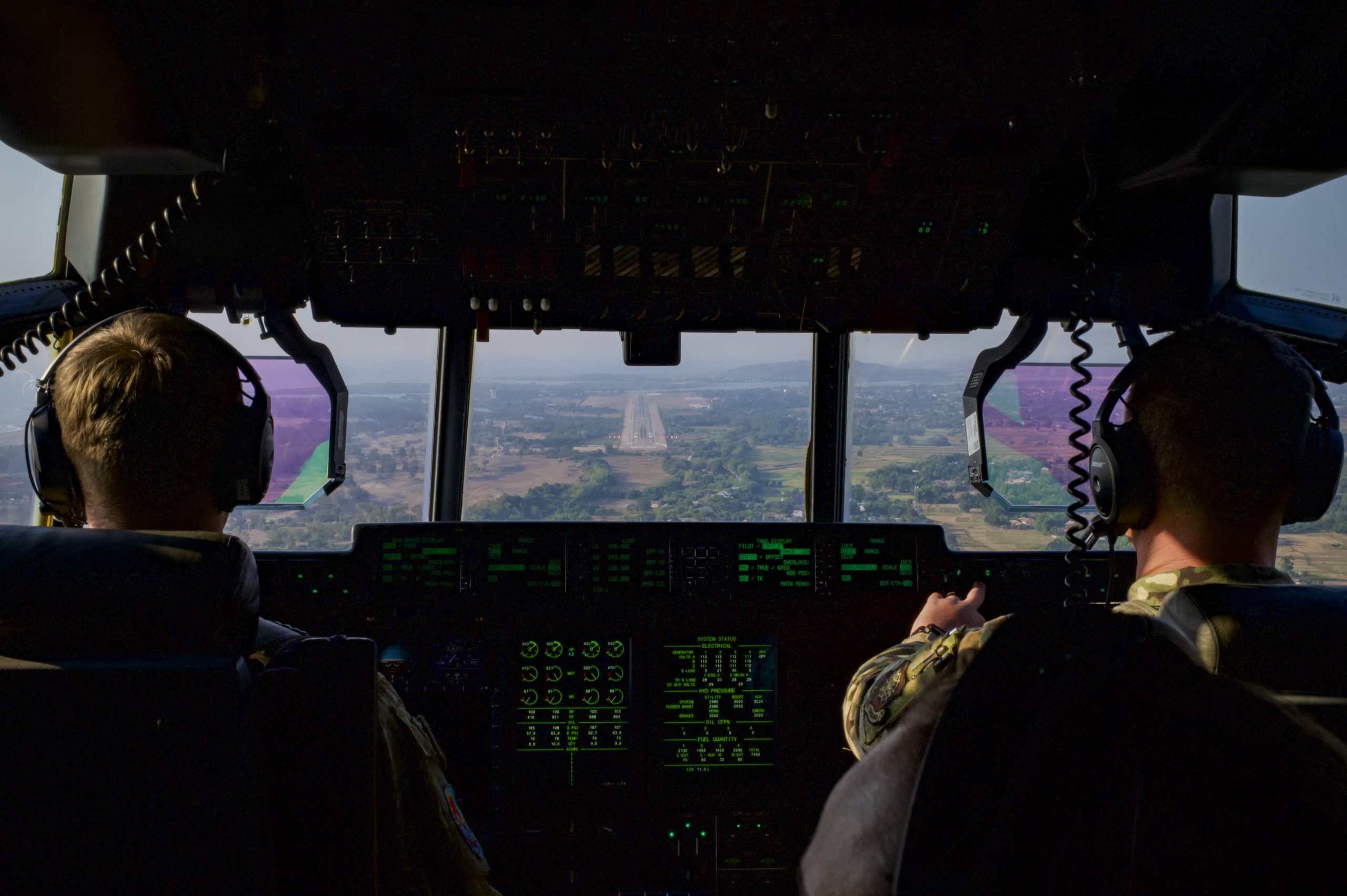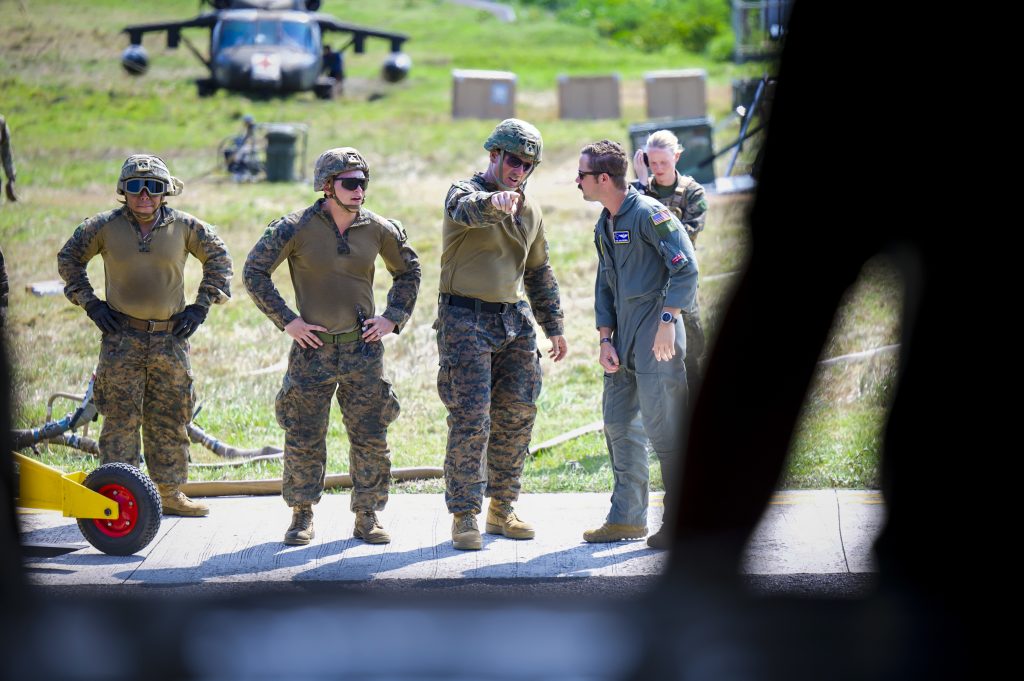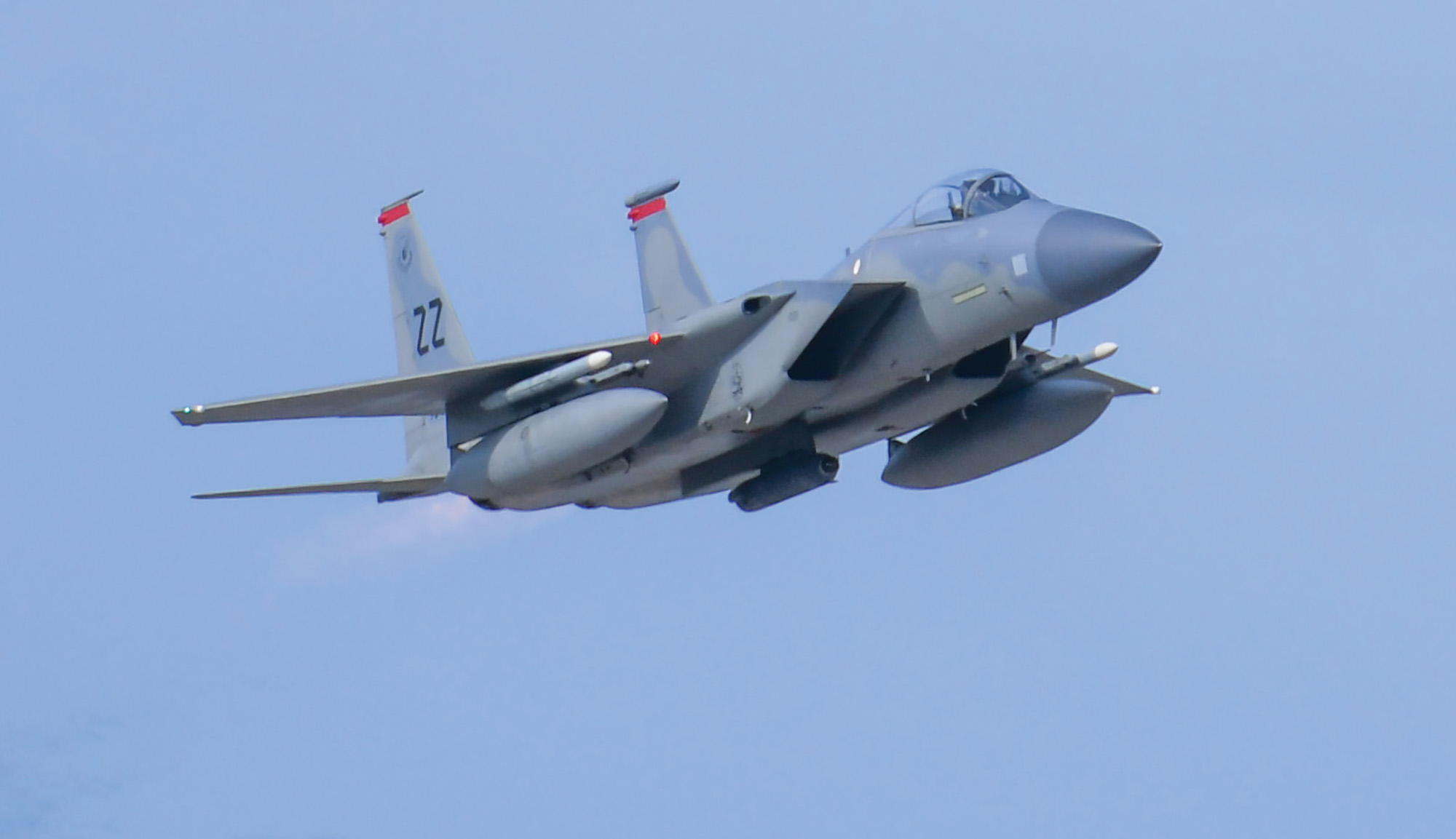Members of the House Armed Services Committee are pressing for an independent study on whether the U.S. should stand up a separate military service focused on cyber.
The measure, included in the House draft of the 2025 National Defense Authorization bill last week mirrors a similar provision adopted by the Senate Armed Services Committee in its draft of the 2024 NDAA. That proposal did not make it into law, but with supporters in both Houses of Congress, the idea now has a strong chance of passage.
The amendment to the House bill was introduced by Rep. Morgan Luttrell (R-Texas). It seeks a study of two courses of action, either establishing a Cyber Force or refining the organization and support for U.S. Cyber Command. The study would compare how each approach might impact readiness, recruiting, retention, performance, and cost, and would be required to reflect the views of both cyber operators and officials across the Pentagon. It would also include recommendations for how to delineate responsibilities and minimize disruptions if a Cyber Force was created.
Momentum and interest in a Cyber Force has proponents seeing progress.
“Things that are both the House and Senate markups, they tend to do better,” said retired Rear Adm. Mark Montgomery, who co-wrote a report earlier this year for the Foundation for Defense of Democracies that called for a 10,000-strong Cyber Force. In an interview with Air & Space Forces Magazine, he offered “no guarantees,” but said: “I think when something’s [in an en bloc package] like that, it kind of means a large group of congressmen have said, ‘This is the way we’re going, there’s no need to debate this.’”
Retired Navy Adm. James Stavridis, former head of U.S. Southern Command and U.S. European Command, has also advocated for a cyber force. So has retired Army Lt. Gen. David W. Barno. The Military Cyber Professionals Association, an advocacy group with dozens of general and flag officers on its board of advisors, has also called for such a change.
Still, Montgomery acknowledges opposition to the idea within Congress and U.S. Cyber Command, even as all stakeholders agree that something needs to be done to boost the Pentagon’s cyber capabilities.
In 2012, CYBERCOM and the Joint Staff created the Cyber Mission Force as its “action” arm and tasked the services with filling that force out with 133 Cyber Mission Teams. More than a decade later, the number of teams has not grown, and plans for expansion have been hampered by the services having trouble training and retaining cyber talent.
“I think all options are on the table except status quo,” then-CYBERCOM boss Gen. Paul Nakasone said in December 2023, describing a restructuring that would lead to “CYBERCOM 2.0.”
In recent years, CYBERCOM has begun to operate more like U.S. Special Operations Command, which also draws forces from across the services and has some of its own acquisition authorities.
But Montgomery argues that approach cannot level-set and prioritize cyber readiness the way a dedicated Cyber Force could.
“The biggest problem we have is in the recruitment,” Montgomery said. “The people that you are recruiting to get 25,000 Airmen or 30,000 Sailors or 55,000 Soldiers, whatever the numbers are, is an inherently different person than we need for about 1,000 cyber professionals a year.”
Add to that the recruiting struggles facing most services right now, Montgomery said, and the end result is that individuals without cyber skills can get funneled into those units, lowering their effectiveness.
“We had a quote in our report from an Air Force lieutenant colonel,” Montgomery said. “She said, ‘Look, 10 percent of my people are doing 90 percent of the work.’ It’s not that the other 90 percent are not good Americans. Can you imagine if an Air Force F-22 squadron commanding officer said, ‘I’ve got four fantastic pilots. These other 20, I don’t have to fly.’ That squadron CO wouldn’t last an hour in command.”
Talent is especially important, Montgomery added, given the nature of cyber warefare. “More than any other mission area, the weapon is the human,” he said. “You don’t call a Lockheed Martin and say, can you develop 10 penetration tools for us. I mean, human cyber operators develop the tools.”
Some have suggested giving CYBERCOM greater authority for force generation, but Montgomery says that would be a mistake.
“I can’t think of anything less desirable,” Montgomery said. “The Cyber Command commander is already the head of NSA and Cyber Command. The idea that you would make him or her the force generator in addition to the force employer and the intelligence agency, that’s nonsensical. No one officer can do all that, no matter how good they are.”
The House amendment would provide the first public, independent analysis of the concept and require a report less than a year after the law is enacted. It would also draw upon the recent lessons learned from standing up the Space Force, which became the first new military service in more than 70 years when it was established in 2019.
Like the Cyber Force, the concept of an independent Space Force was bandied about for years before it was realized and Congress directed a study on the matter in the 2018 NDAA. The Space Force had congressional champions in Reps. Jim Cooper (D-Tenn.) and Mike Rogers (R-Ala.), and the deal came together as part of a larger legislative compromise as 2019 wound down.
Today, Rep. Pat Fallon (R-Texas) and Rep. Chrissy Houlahan (D-Pa.) join Lutrell as leading advocates for an independent Cyber Force.
One big difference with cyber, compared to space, is that cyber skills are widely dispersed among all the armed services, while the vast majority of space operators were organized together within the Air Force until the Space Force was formed. Building a Cyber Force would mean drawing roughly in equal measure from the Army, Navy, Air Force, Marine Corps, and Space Force. Also different: While the Army, Navy, and Marine Corps have transferred most of their space missions to the Space Force, each armed service is likely to need to retain some cyber capabilities should a Cyber Force be created, Montgomery said. How those roles and responsibilities might be divided could prove to be contentious issues as the idea develops.
